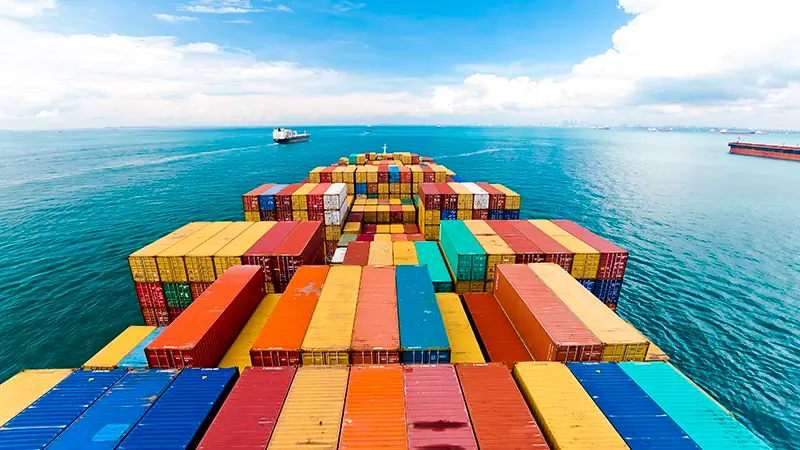Maritime Shipping


Maritime Shipping: An Essential Guide
Maritime shipping is a crucial aspect of global trade, facilitating the movement of goods across oceans and seas.
1. Introduction to Maritime Shipping
Maritime shipping involves the transportation of goods by sea. It is one of the oldest modes of transportation and remains the backbone of international trade today. The maritime industry is responsible for transporting approximately 90% of the world’s trade, making it an essential component of the global economy.
2. Importance of Maritime Shipping
The significance of maritime shipping cannot be overstated. Here are a few reasons that highlight its importance:
– Economic Growth: Maritime shipping is a catalyst for economic development, enabling countries to trade efficiently and effectively.
– Global Supply Chain: It plays a vital role in maintaining the global supply chain by ensuring timely delivery of goods.
– Job Creation: The maritime industry provides millions of jobs across the globe, from shipbuilding to port operations.
3. Types of Maritime Shipping
Maritime shipping can be categorized into several types, each serving specific types of cargo and logistical needs.
3.1 Container Shipping
Container shipping involves the transport of goods in large standardized containers that can be easily loaded and unloaded onto ships. This method has revolutionized global trade by enhancing cargo security and streamlining the shipping process.
3.2 Bulk Shipping
Bulk shipping refers to the transportation of non-containerized cargo, such as grains, coal, and minerals. Vessels used for bulk shipping are specifically designed to carry large quantities of these goods, often resulting in lower per-ton shipping costs.
3.3 Tanker Shipping
Tanker shipping is specialized for transporting liquids, including crude oil and chemicals. These ships have reinforced hulls and sophisticated pumping systems to facilitate the loading and unloading of liquid cargo safely.
3.4 Roll-on/Roll-off Shipping
Roll-on/roll-off (Ro-Ro) shipping is designed for carrying wheeled cargo, such as cars and trucks. Vehicles are driven onto the ship and secured for transport, making this method efficient for transit.
4. Benefits of Maritime Shipping
Maritime shipping offers numerous benefits that make it a preferred choice for transporting goods globally.
– Cost-Effective: Shipping by sea is usually more economical, especially for large shipments over long distances.
– Environmentally Friendly: Ships produce lower CO2 emissions per ton of cargo compared to trucks or planes, making this method a greener option for transporting goods.
– Capacity: Ships have a higher cargo capacity compared to other modes of transportation, enabling the transport of large volumes in a single journey.
5. Challenges in Maritime Shipping
Despite its numerous benefits, maritime shipping faces several challenges that can impact efficiency and effectiveness.
– Weather Conditions: Adverse weather can disrupt shipping schedules, leading to delays and increased costs.
– Piracy: Certain routes are subject to piracy, posing a risk to ships and their cargo.
– Port Congestion: Busy ports may experience congestion, which can result in longer waiting times and additional costs.
6. Future Trends in Maritime Shipping
The maritime shipping industry is evolving with the advent of technology and changing global demands. Some future trends to watch include:
– Digitalization: The adoption of digital technologies is streamlining operations, improving tracking, and enhancing communication within the supply chain.
– Sustainability Initiatives: The push for greener practices is leading to the development of eco-friendly ships and alternative fuels, such as LNG.
– Automation: The use of autonomous ships is on the rise, which could revolutionize how goods are transported by sea.
7. Conclusion
Maritime shipping is an indispensable part of global trade, providing a reliable and efficient means of transporting goods across vast distances. Understanding the different types of shipping, their benefits, challenges, and emerging trends can empower businesses and individuals alike to navigate the complex world of maritime logistics. By staying informed and adaptable, stakeholders in the maritime industry can continue to thrive in an ever-changing landscape.
